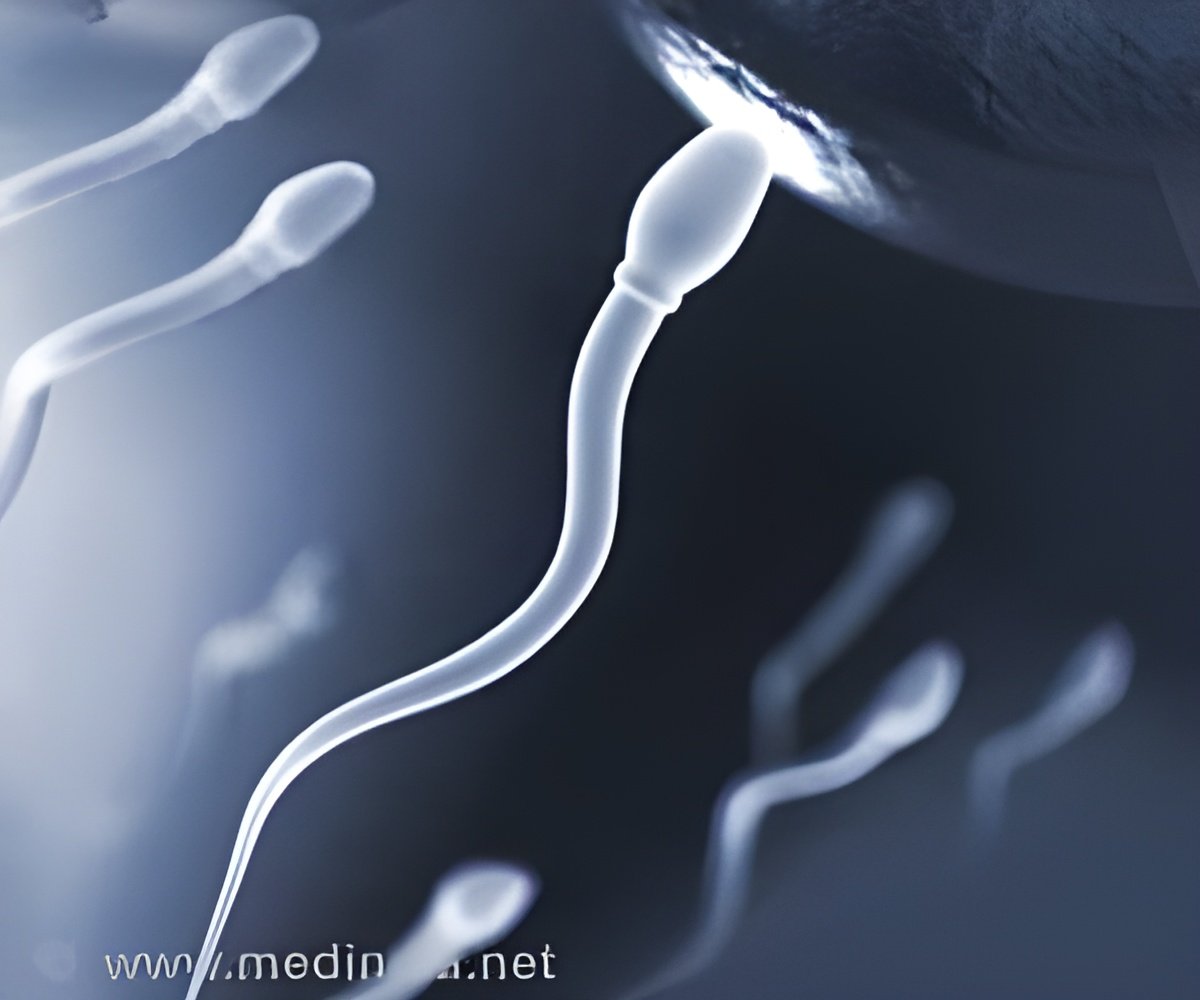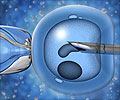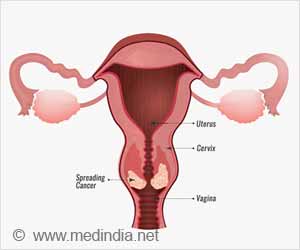A new technique to preserve the sperm stem cells could be promising in maintaining the fertility of boys who undergo cancer treatment, reveals study.

But boys who have not been through puberty can only have sperm stem cells removed and frozen in anticipation of technology that could culture the cells and place them back in the testes, where they produce sperm after puberty.
"I think it's going to become the standard by which everybody cultures their cells, including trying to develop conditions for human cells," said Jon Oatley, Associate Professor at Washington State University.
For the study, published in the journal Stem Cell Reports, the team worked with prepubescent mouse pups and put a fluorescent tag on a gene specific to stem cells, which revealed the process of a stem cell differentiating to create the progenitors that eventually become sperm.
Initially, the stem cells creating energy through one method, called glycolysis, then switching to the second method, called oxidative phosphorylation, which produces free radicals -- reactive forms of oxygen that can be particularly harmful to a cell's DNA.
Thus, the team tried to change the culture environment to favour glycolysis.
By lowering the oxygen in the culture (that is by adding nitrogen to cut oxygen by more than half), the researchers found they could dramatically improve the percentage of stem cells capable of making normal sperm when put back into the testes.
Where before only five per cent of the cells remained viable after six months, now 40 per cent were viable, the researchers noted.
"We're getting an eight-fold improvement," Oatley added.
Source-IANS














